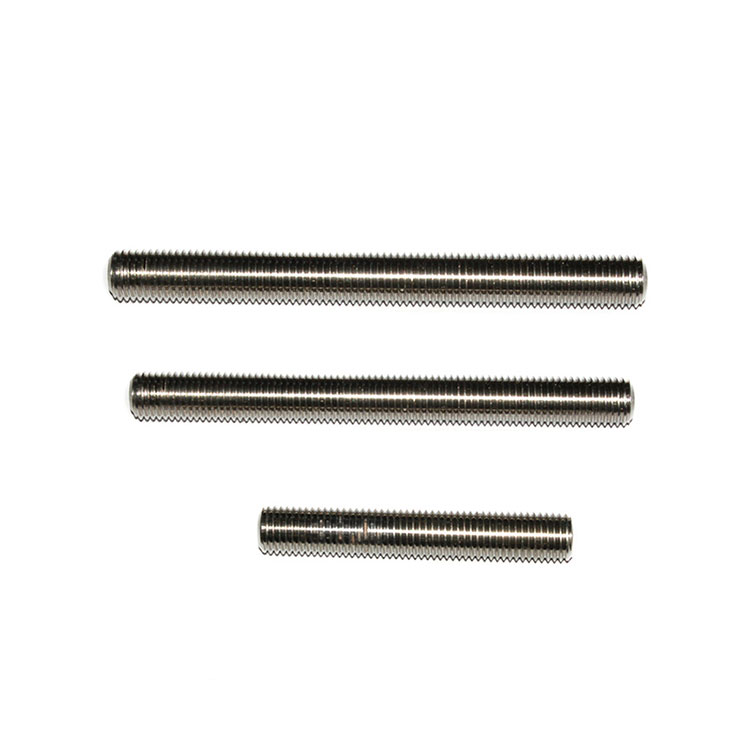Why is All Thread Stainless Steel Threaded Rod more Rust-resistant than Ordinary Iron Rods?
2025-04-28
The corrosion resistance advantage of all thread stainless steel threaded rod comes from the synergistic effect of the alloy composition of the material and the surface self-protection mechanism. As a linear connector with integral threads, the matrix of all thread stainless steel threaded rod adopts an iron-chromium alloy system, and a continuous passivation film is formed through metallurgical phase transformation to isolate the erosion of environmental media. Compared with ordinary carbon steel materials, chromium elements generate dense chromium oxide layers in an oxidizing environment. This nano-scale protective film has self-repairing properties and can dynamically repair local damage caused by mechanical damage or chemical corrosion.

The nickel element in the microstructure of the material stabilizes the austenite phase and improves the resistance to intergranular corrosion. The addition of molybdenum enhances the resistance to chloride ion corrosion. The work hardening layer formed by cold working and the grain boundary purification after solid solution treatment work together to block the formation path of corrosion micro-batteries. The continuous geometry of the surface thread of all thread stainless steel threaded rod reduces the risk of local corrosion by reducing the fluid retention area, and the full circumferential rolling forming process maintains the integrity of the metal streamline to avoid grain exposure caused by cutting.
Ordinary iron rods undergo oxidation reactions due to electrochemical reactions in humid environments, and their corrosion products present a loose and porous structure that accelerates material loss. Microelectrodes are formed at the ferrite-cementite interface on the surface of carbon steel, which promotes the expansion of pitting corrosion. The resistance value of the passivation film of all thread stainless steel threaded rod is significantly higher than that of the base metal, which effectively inhibits the electron migration rate, and its corrosion current density is several orders of magnitude lower than that of active metals. This difference in material properties allows all thread stainless steel threaded rods to maintain structural integrity in harsh environments such as salt spray and acidic media, while ordinary iron rods are prone to rust layer peeling and cross-section weakening.


